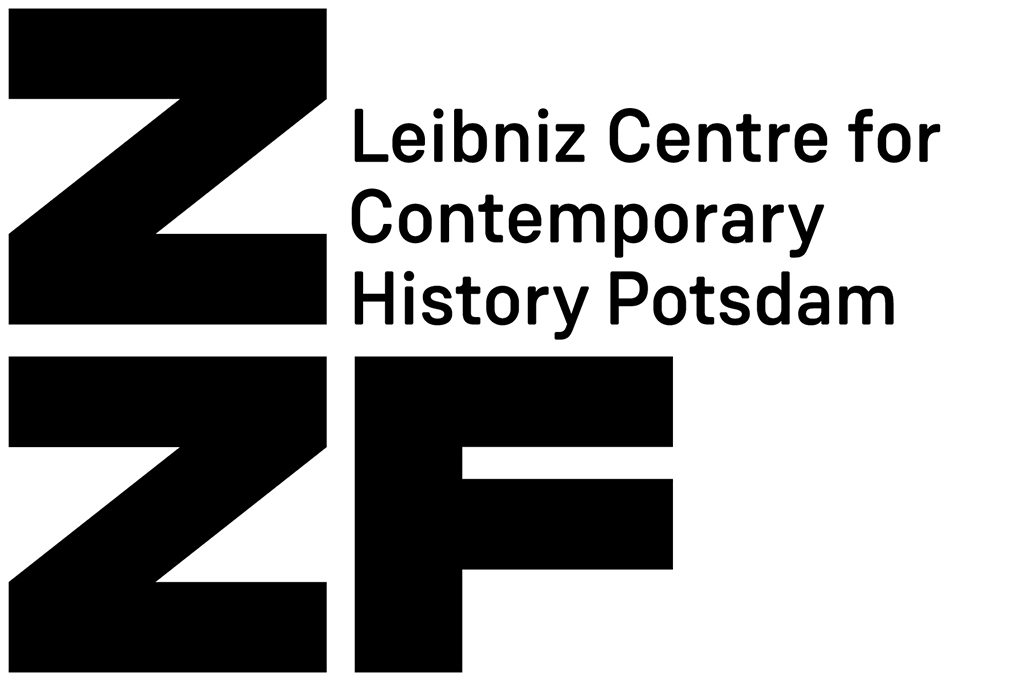Dr. Tizian Zumthurm (1.8.-30.11.2022)
Laughter is the best medicine, so it goes. The science behind the saying, however, is not clear at all. Research on laughter – gelotology – has been faced with various difficulties. The project aims to investigate how a scientifically disputed finding has become popular. It does so with a cultural/media studies lens and a history of science lens. In its first part, the project looks at instances where laughing was used in therapy since the early 1970s, for example hospital clowns or humor seminars. It examines how the health benefits of laughing were internally and publicly framed and analyses the public reception, for instance in popular culture, but also in newspapers and popular science magazines. By putting actors and practices in the context of anti-establishment movements, this section connects to the history of science part of the project. Here, one focus is to compare the “healthy laughter” with forms and mechanisms of alternative medicine by looking at how gelotology researchers aimed to produce evidence. Their use of psychological tests came with a number of well-known problems when faced with medical epistemologies. Likewise, it is extremely difficult to measure the effect of laughter on individual well-being with randomized controlled trials, the gold standard in the medical sciences. With these various angles, the project can analyze scientific and popular legitimization practices on laughter and health in various forms.
Since 2022, the project has been continued outside the ZZF.
